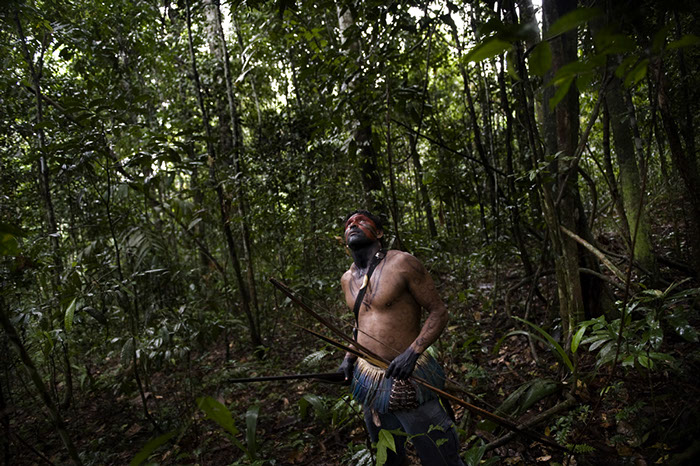
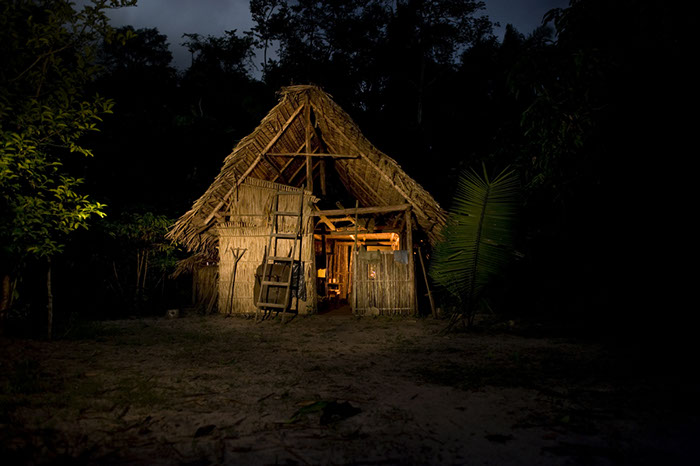
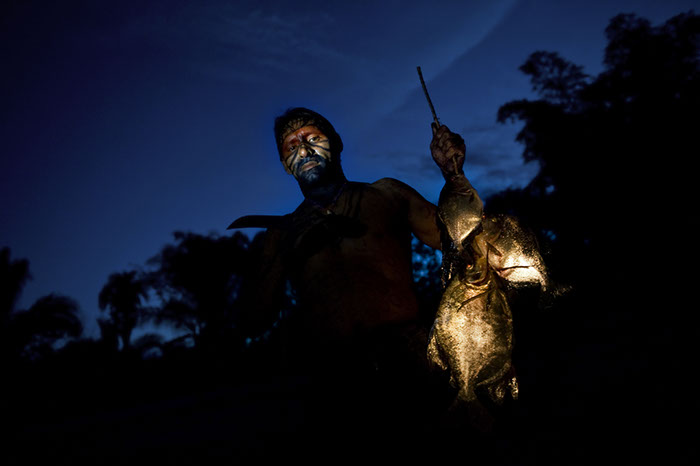

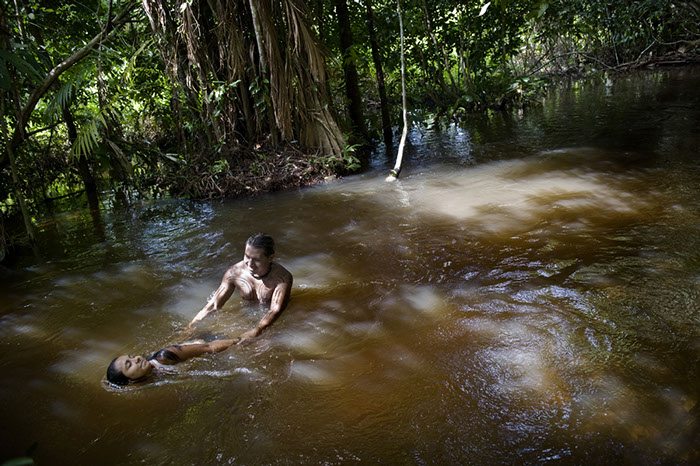
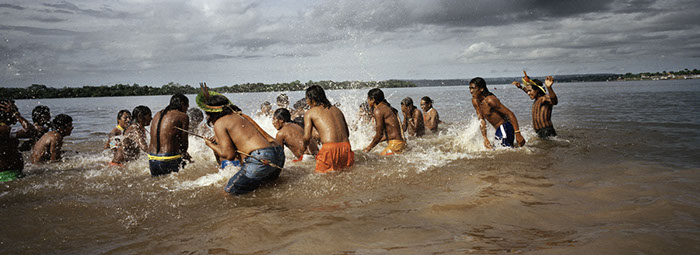
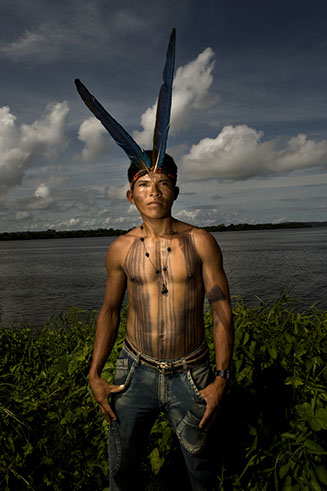
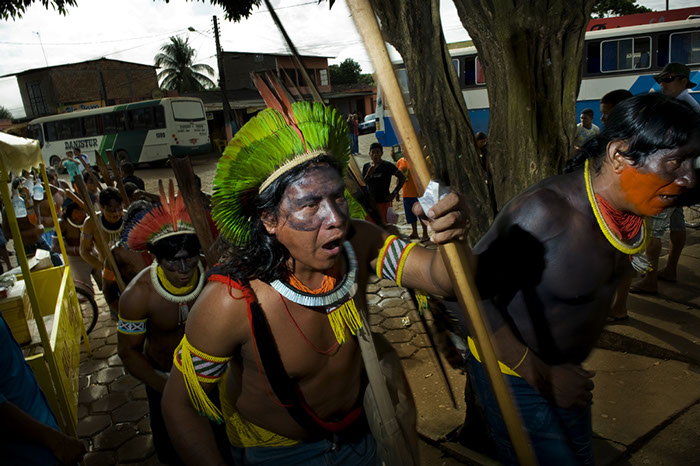
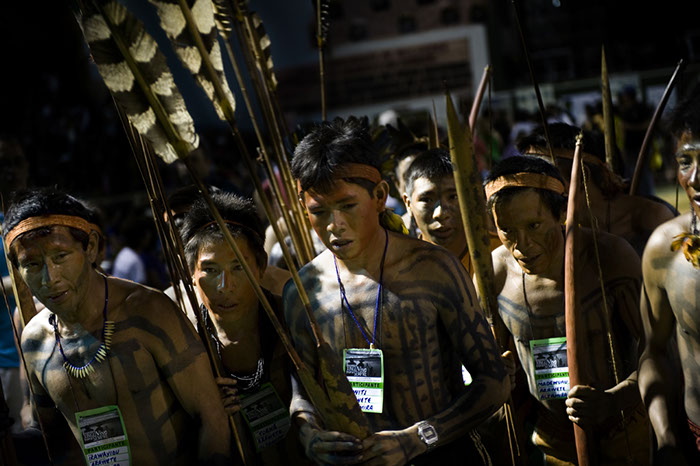
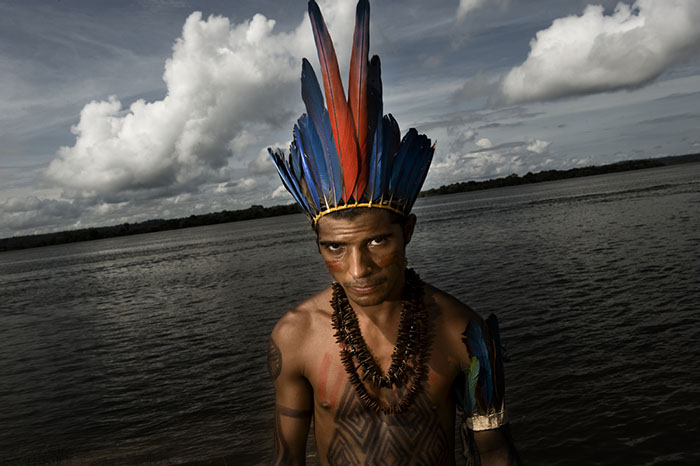
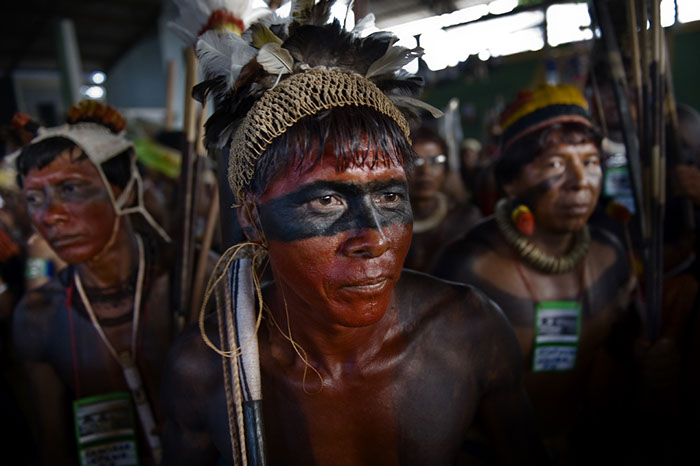

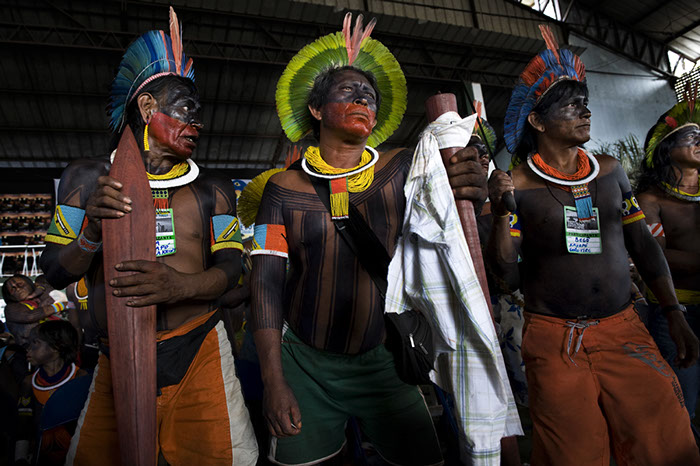

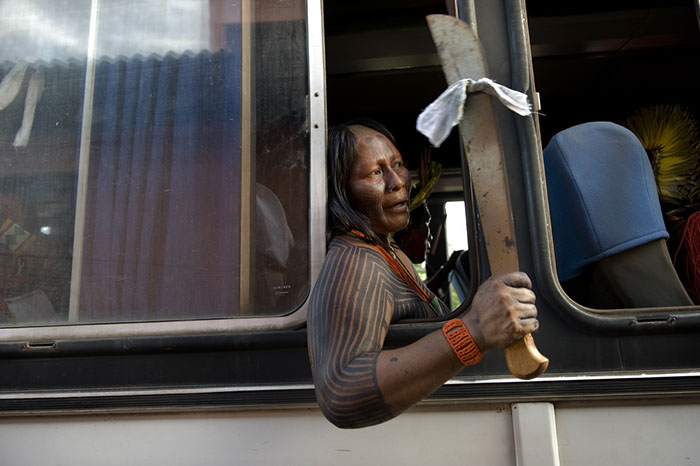
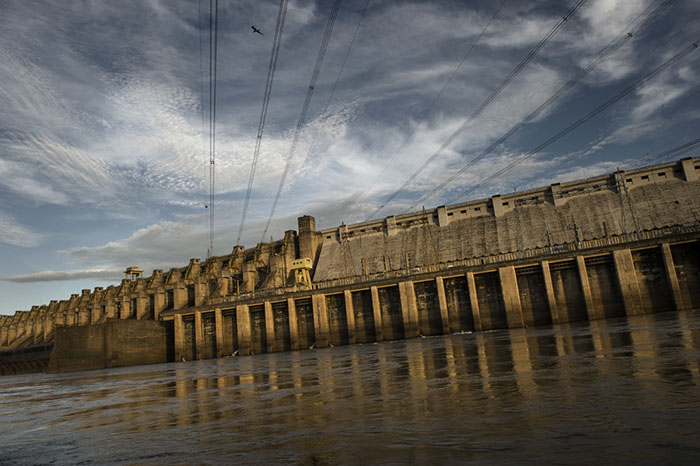
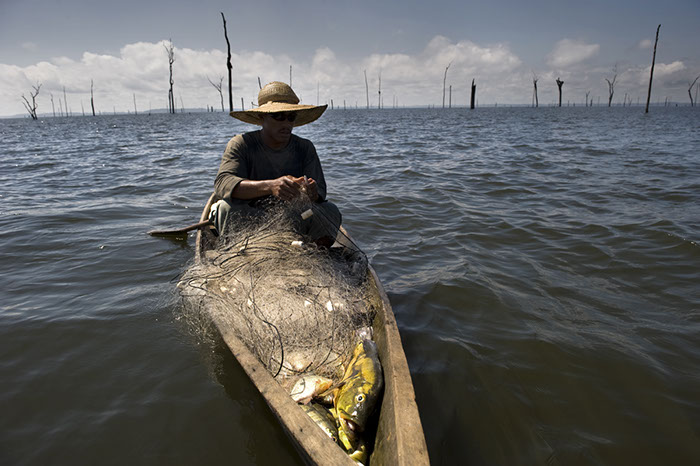
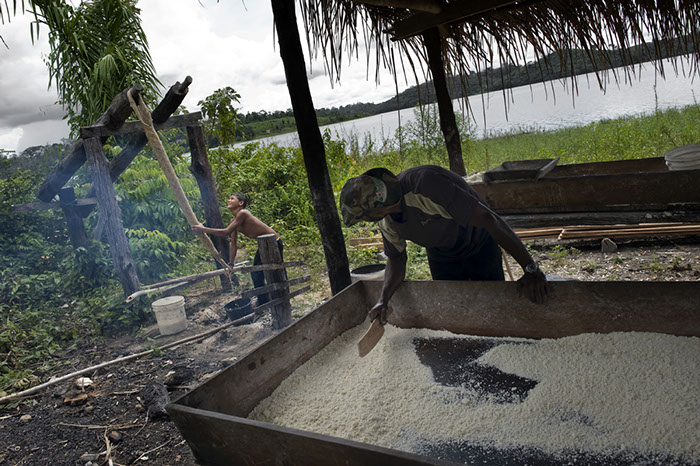
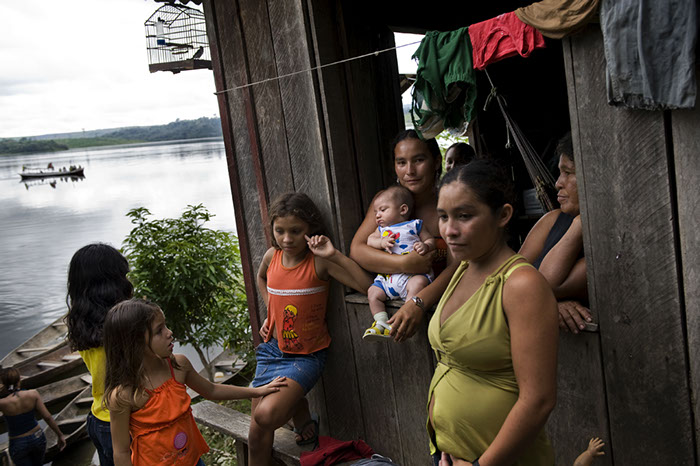
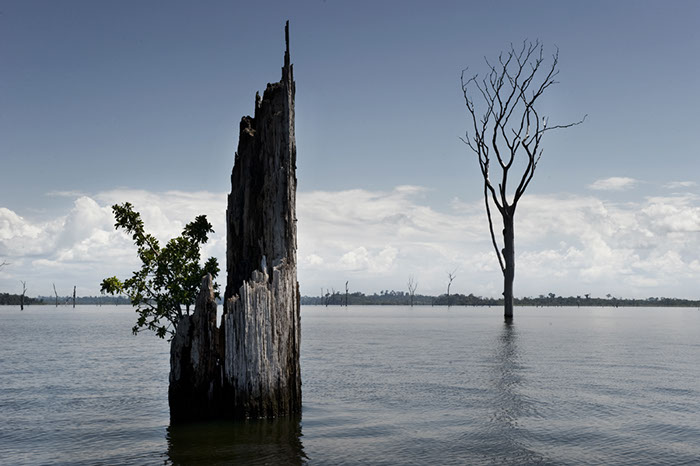
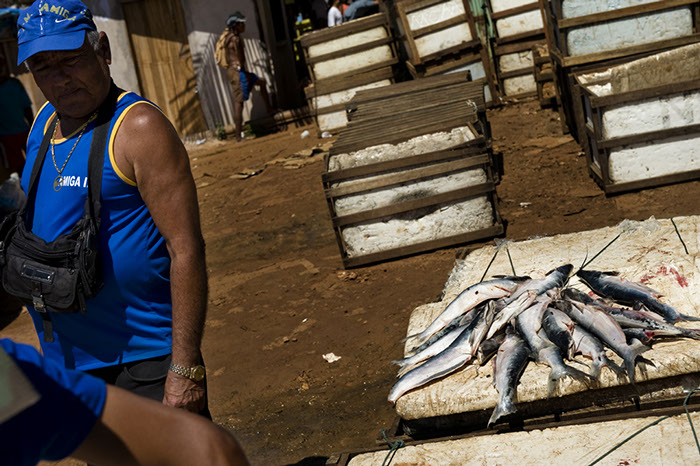
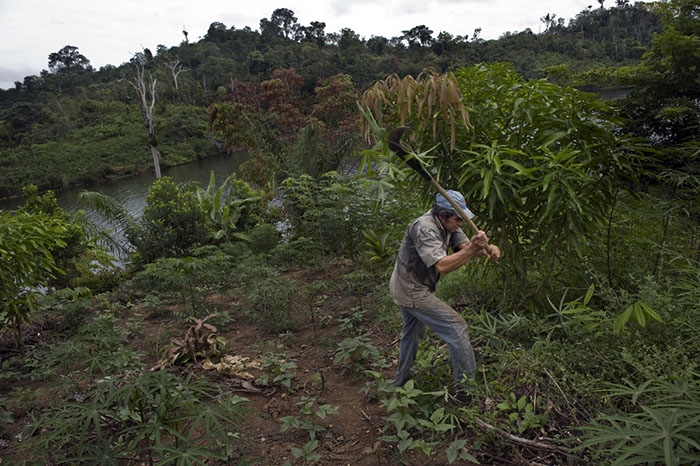
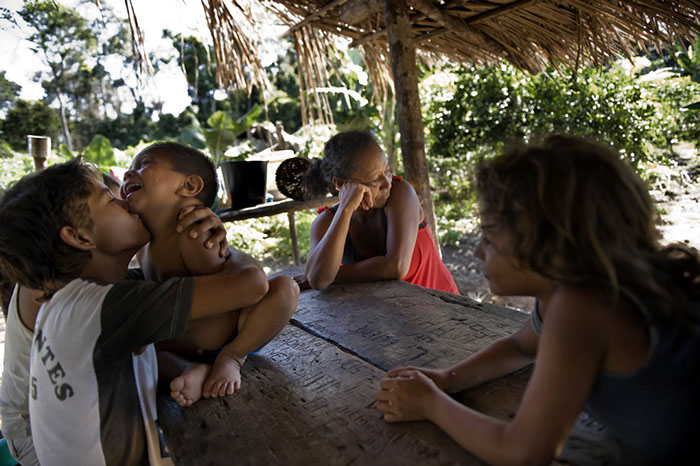
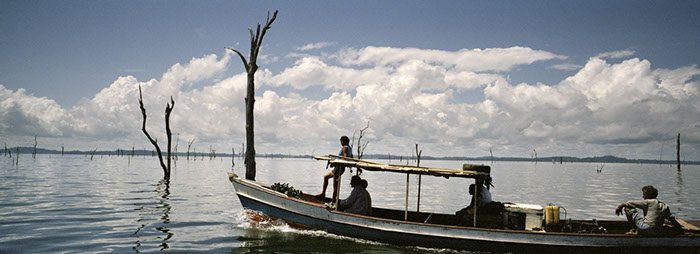
AMAZONIC HIGH TENSION
AMAZONIC HIGH TENSION
XINGU AND TOCANTINS RIVERS, AMAZONAS
BRASIL
Belo Monte and Tucurui are two massive hydroelectric projects that embody the idea Brazilian progress, now largely based on the indiscriminate exploitation of energy and mineral potential of the Amazon.
The first is still only a dream of paper the government, a project for the future, the other is reality since 1985 and, despite the passage of decades, the upheavals that resulted in the lives of local people and the ecosystem are still a problem topical.
Two projects for two major rivers tributaries of the Amazon: Belo Monte affects the Xingu, Tucurui was built on the Tocantins.
If the construction of the Tucurui found no particular opposition and was accomplished without the involvement of the populations concerned in the design phase, in Belo Monte the story is completely different.
The Indians of the nine ethnic groups living in the basin of the Xingu, a total of about 14 thousand people, oppose the project and have taken a stand against the government and the national electricity company Eletrobras in Altamira, where a thousand of their representatives attended the meeting "Xingu vivo para semper", organized in collaboration with environmental groups around the world, 19 to 23 May 2008.
In the days of the meeting, including discussions and round tables, the tension led to the wounding of the engineer Paulo Fernando Rezende of Eletronorte (subsidiary company dell'Eletrobras), invited to participate. After the speech in which he explained the terms of the hydroelectric project, was attacked by the crowd of Indians, stripped shirt and wounded in the arm by a machete: a warning for the project to be abandoned, since it already indigenous reservations concerned are ready to go to war if the construction of Belo Monte started really.
The Belo Monte project has been revived recently by the Lula government after he was dismissed in 1989 by the administration of then because of strong protests start from a similar indigenous gathering ever organized in Altamira.
Protests found echo and support at the international level and were also considered by the World Bank, the main funder of the time that, after the event, withdrew from the project and canceled the loan promised: the impact on the ecosystem of the forest and on life of indigenous peoples were not justified by the need for electricity production since the construction of the six dams planned would be flooded 22 thousand square kilometers of virgin forest and twelve indigenous peoples have had to leave their territory.
The hydroelectric plant Tucurui instead is active and is the largest of Brazil (after the complex of Itaipu, on the border with Paraguay that is managed jointly by the two states). Its artificial lake is the most impressive in the world in a tropical forest ecosystem. Has an output of over 8,000 megawatts and the lake basin generated from its dam has flooded roughly 2,500 km square area, which largely were covered with virgin forest. Underwater they are also finished seven villages and two indigenous areas of indigenous peoples which were then spread elsewhere in the region. The level of the lake, around 250 km long, during the dry season comes down to tens of meters, leaving vast areas dry. The thousands of islands that surround it, generated by flooding the territory, have been populated over the years by the displaced people of the city submerged and "riberinos", or those living in the villages along the river below the dam. Thousands of riberinos were forced to abandon their homes and move between these islands because of the twisting river ecosystem: the dam has blocked fish migrations downstream and has deleted the seasonal floods which allowed the fish population to reproduce. The new life in the lake Tucurui, however, is extremely difficult and precarious as in the months of low water most of the islands are completely dry and without access to clean water, in the middle of a huge quagmire created by the withdrawal water, an ideal place for the development of diseases such as malaria.
Despite the evidence of the problems caused by the installation of Tucurui and other similar, today Brazil wants to continue on the same line. Needs more and more energy for industrial development, especially for the mining industry that aluminum is extracted from bauxite in the Amazon thanks to the massive electricity in special furnaces that must work continuously and they can not be stopped once you started. One of the priority agenda of the Government is, therefore, the development of renewable energy, so much so that by 2030 it is planned to build as many as 70 large hydroelectric dams in the Amazon area.
That's why the project of Belo Monte has been recalled although on a smaller scale than the series of dams challenged in 1989. Today we talk of a single huge dam to be built on the great bend of the Xingu near the town of Altamira, plant which, with its 11.181 Mega Watt become the third hydropower plant of all time. The environmental cost would still be huge: the river would be diverted and a hundred kilometers of the course will dry. Not to mention that the whole course of the river, flowing mostly through indigenous territories protected, would suffer the regimentation of water. Moreover, the concern of environmental groups is that Belo Monte would still not be the only dam be built in the coming years, despite the assurances of the current authorities.
To add to that, in recent years, the worsening of the accumulation of greenhouse gases in the atmosphere has led another strong argument for reasons of opponents of large dams Amazon and beyond. It turned out that greatly contributes to the increase of greenhouse gases in the atmosphere: the fermentation of organic residues in the reservoirs produces large amounts of gaseous emissions and the forest disappears, submerged by water, pour directly into the atmosphere the CO2 contained in the drums , among the best natural catalysts of carbon dioxide. A parity of electricity production, the amount of carbon dioxide emitted from a dock hydroelectric power would reach levels ten times higher than that produced by a central fuel.
Brazil is one of the countries employing more hydropower in the world: water generates more than 75 percent of its electricity. But the use of this resource, although it is in all respects a renewable source, often causes environmental and social upheavals also higher than those caused by traditional energy sources. It might sound like a contradiction, but it is a fact that once again the need for more in-depth assessments of the costs and benefits of any development project that involves populations and ecosystems.






